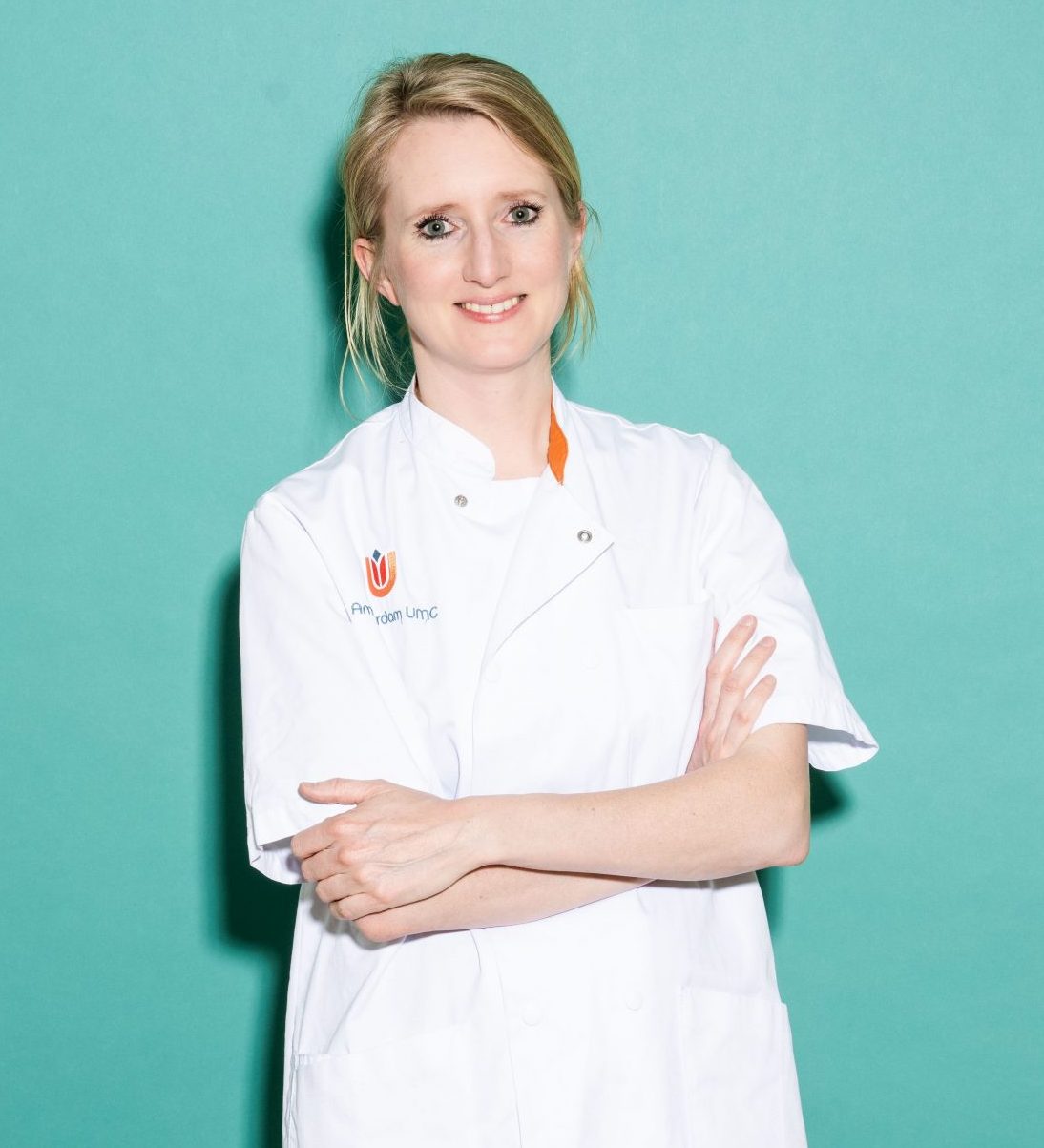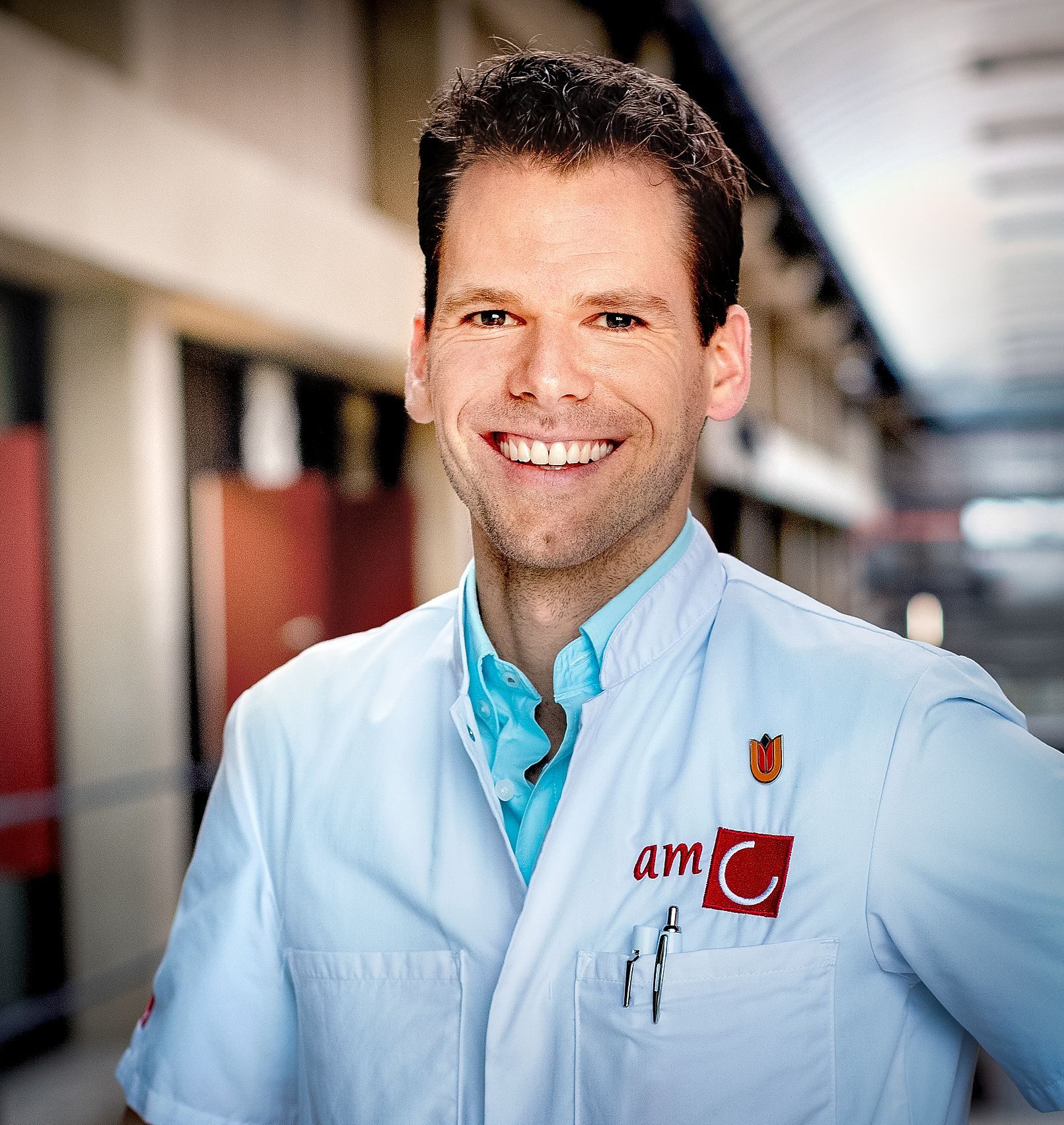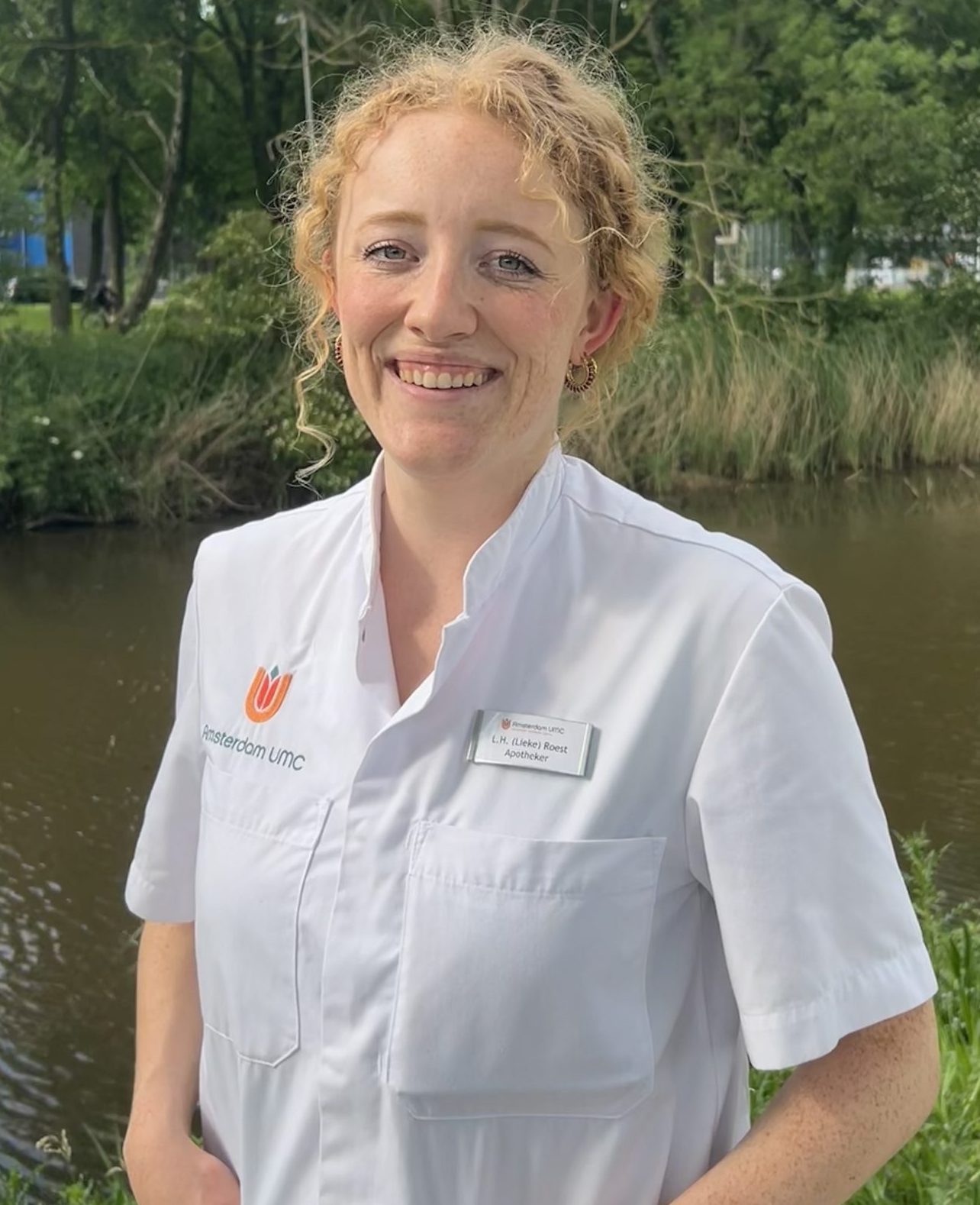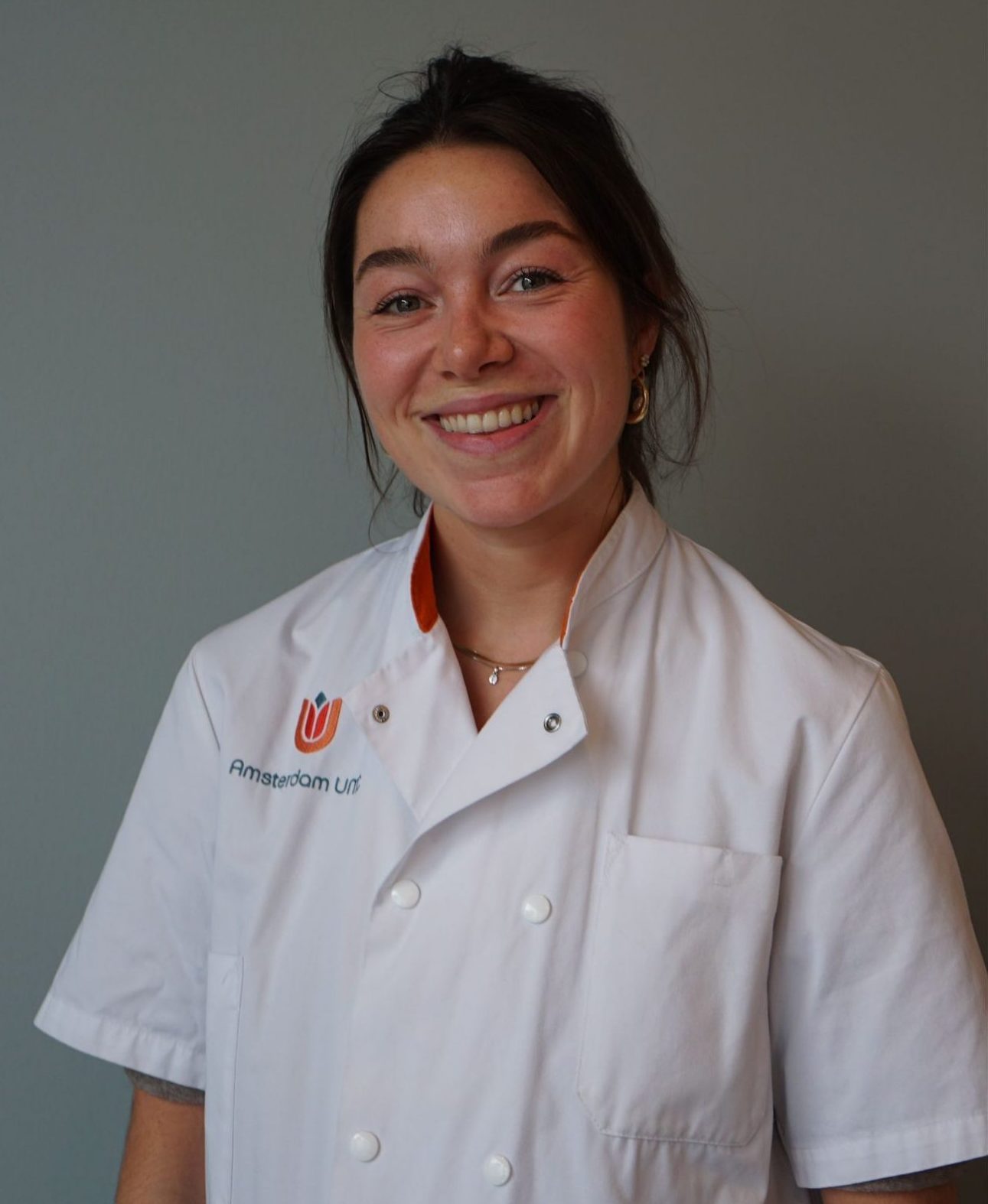The Clinical Pharmacology Consult Team is a concept which has been developed in the Amsterdam UMC.
Within this multidisciplinary team knowledge and expertise of doctors and pharmacist are combined. The aim is to improve rational (safe and effective) prescribing of medication.
Watch the video below for more information.
The Clinical Pharmacology Consult Team contributes to:
• Giving recommendations about personalized medicines optimisation for admitted patients;
• Executing medication reviews for admitted patients (with polypharmacy);
• Educating doctors and medical students about medication reviews;
• The development of a hospital-wide induction program on rational prescribing for (starting) prescribers;
• The farmacopedia website, which gives directions to the appriopriate guidelines.
The Clinical Pharmacology Consult Team has grown to being a well-known team within the Amsterdam UMC by working together intensively with different clinical departments and several clinical teams (such as the A-team) within the Amsterdam UMC. In addition, they offer postacademic courses (such as the clinical pharmacology training programme) and work together with new initiatives (as the Junior ADE-managers project). The Clinical Pharmacology Consult Team strives for more clinical relevance and innovation on medication – and patient safety.
In conclusion, the Clinical Pharmacology Consult Team is a multidisciplinary team, who offer conclusive guidelines, applications and guidance in rational prescribing.
Contact the Pharmacology Consult Team for a medication review request via:
E-mail:
kf-consult@amsterdamumc.nl
Phone number:
35748 (intern) / 0650087722 (extern) – location VUmc
29593 (intern) / 0207329593 (extern) – location AMC








